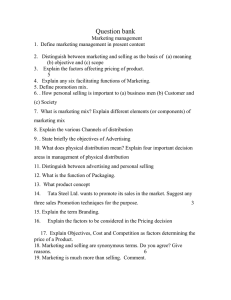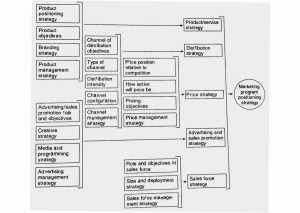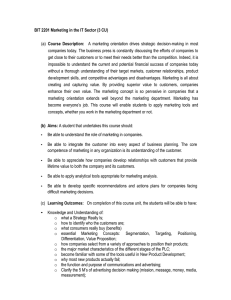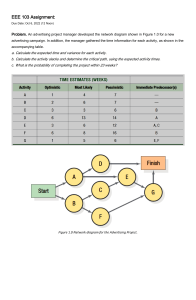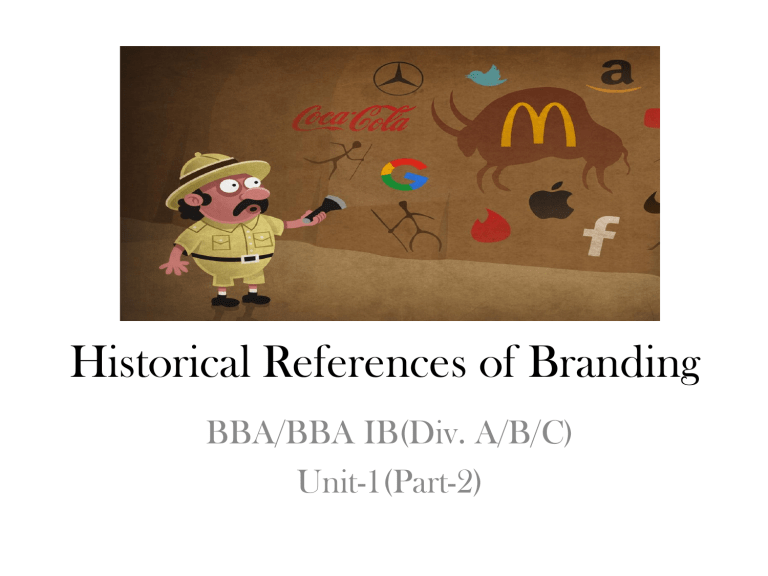
Historical References of Branding BBA/BBA IB(Div. A/B/C) Unit-1(Part-2) Introduction • Branding in its earliest form dates all the way back to around 2000BC and was purely used to depict ownership. • Farmers would brand their cattle to make them stand out from other livestock, and craftsmen would imprint symbols onto their goods to signify their ownership during 8th Century in Scandinavian Civilization. • However, as time has progressed, branding has become a way for companies to market themselves and establish a bond of trust with its customers. The Ancient Marketplace • Many ancient civilisations made use of branding in order to sell their goods to the masses. • In ancient Babylon, merchants attracted buyers to purchase items such as spices, wines and rugs with a verbal sales pitch. • To explain their offerings to a mostly illiterate populace, in places like ancient Egypt, Greece and Rome, they hung pictorial signs and painted their storefronts. • There are markings on the walls of the ancient city of Pompeii (Romanian City) that illustrate writing being used for advertising purposes. The Medieval Marketplace and the Sung Dynasty • The Sung dynasty was an age of Chinese history beginning in 960 and lasting until 1279 AD, this was a hugely rich and technological time in China. • During this era, block-printing and most importantly, a moveable type of printing – with letters arranged for each new page - were created. • However, these developments used in early forms of branding, including printed wrappers, signboards and printed advertisements. The Gutenberg Printing Press and the 1400s • At the start of the 15th century every English text still had to be copied by hand, an laborious process which used up much time and energy. • German businessman J. Gutenberg utilised the typesetting technologies to create a printing press, along with metal letter moulds. The Gutenberg Printing Press and the 1400s • From then on, printed information could be easily distributed, and advertising become a popular and effective way to sell goods. • The first English language advertisement, in the form of a leaflet promoting a book, appeared. • Soon thereafter, great quantities of poster advertising, announcing information and promoting goods, hung all around London. The Industrial Revolution • The industrial revolution began in England in the mid-1700s, with petrol and coal powered energy revolutionising many industries, including branding and advertising. • With buyers now able to choose from a wide selection of products for the first time, logos were used to not only indicate the manufacturer, but to act as a symbol of quality. • Advertising agencies began to appear in England in the 1800s, and companies used them to find increasingly new and innovative ways to reach customers. The Industrial Revolution • As many people did not read newspapers, other advertising tactics were used, including the use of banners, people wearing placards, and umbrellas with signs on them. • Companies began to promote their ‘brand names’ through attractive packaging and eye-catching slogans. • Advertising and branding became more successful with the rise of literacy rates, supported by the invention of typewriters. The Twentieth Century • The desire for branded products in industrialised countries was stimulated by the continued rise of mass media. – – – – Print Media. Electronic/Broadcasting Media. Outdoor Media or Out of Home Media (OOH) Transit Media. • Media acts as a great tool in promoting mass consumer products, increasing sales of the product. Today • The internet age has created a culture of instant gratification, leading to a generation of more and more demanding consumers. • Companies must create adverts and logos that appeal to this type of audience, taking into account their short attention spans and often disinterested view of advertising. • This has led to interactive marketing, and viral marketing taking centre stage in the modern world of branding. Today • The internet is involved in all aspects of advertising and marketing; with social media brands like YouTube and Facebook relying on their users to establish their value. • The power of the internet can be demonstrated through the fact that the biggest advertising agency right now is none other than Google- the internet’s number one search engine. • To ensure they do not fall behind, organisations must now ensure that they gain visibility in both the real and the online world. Thank you
